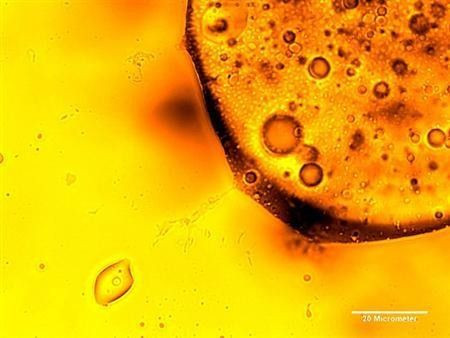New Weapon to Combat ʺSuperbugsʺ

The World Health Organisation has announced antibiotic resistance to be considered as a serious threat to global public health.
It is becoming increasingly difficult to treat even common well-known bacterial strains like E. coli because with the passing of each day, the antibiotic resistance of these bacteria is advancing to a great extent. Some two million people in the U.S. get infected by antibiotic-resistant bacterial strains (also termed as superbugs) and around 23,000 of them succumb to death, according to the Centers for Disease Control and Prevention.
Through a striking finding, a group of Canadian researchers from McMaster University has discovered a chemical compound known as AMA which can turn off an evil gene called New Delhi Metallo-beta-Lactamase-1, or NDM-1. The data was published in the online version of Nature.
NDM-1 is “public enemy number one," Gerry Wright, director of the Michael G. DeGroote Institute for Infectious Disease Research at McMaster University, was quoted as saying.
AMA is a fungal product found in a soil sample from Nova Scotia.
"Discovery of a fungus capable of rendering these multidrug-resistant organisms incapable of further infection is huge," says Irena Kenneley, a microbiologist and infectious disease specialist.
According to the researchers “AMA, extracted from a strain of Aspergillus versicolor and combined with a carbapenem antibiotic, inactivated the NDM-1 gene in three drug-resistant superbugs—Enterobacteriaceae, a group of bacteria that includes E. coli; Acenitobacter, which can cause pneumonia and blood infections; and Pseudomonas, which often infect patients in hospitals and nursing homes. The NDM-1 gene encodes an enzyme that helps bacteria become resistant to antibiotics and that requires zinc to survive. AMA works by removing zinc from the enzyme, freeing the antibiotic to do its job, Dr Wright said. Although AMA was only tested on carbapenem-resistant bacteria, he expects the compound would have a similar effect when combined with other antibiotics.”
This is most definitely a great news for microbiologists.On the other hand, there also remains this harsh reminder that as part of the sheer survival strategy evolution offers to every living being, these bacteria can any day come up with a mechanism to outwit AMA.




















